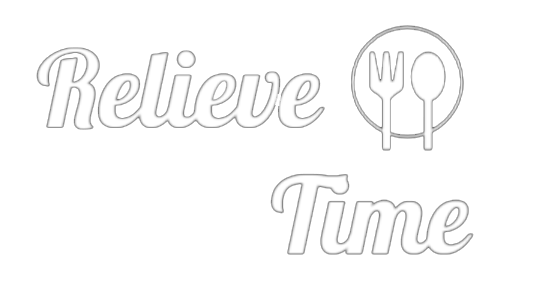How to choose a dry wine (without guesswork): A smart sipper’s Autumn Guide
With the UK’s 2025 harvest arriving early after a record-warm summer, dry styles from English fizz to crisp European whites are in the spotlight. If you love flavour but want fewer hidden sugars, learning how to choose a dry wine is the easiest upgrade to your weekly glass.
What ‘dry wine’ really means and why it matters
‘Dry’ just means there’s not much sugar left after the wine’s made. During fermentation, yeast eats up the natural grape sugar and turns it into alcohol. If they let the process finish completely, you get a dry wine, crisp, not sweet. But if they stop it early or sneak a bit of sweetness back in, that’s when you get something softer and sweeter.
The leftover sugar (called residual sugar, if you want to sound fancy) is measured in grams per litre. And here’s the kicker, even wines labelled ‘dry’ can vary. So if one ‘dry wine’ tastes a bit fruitier than another, it’s not you. It’s the wine.
Champagne & sparkling: the easiest label cue
Sparkling wines print sweetness levels on the label. Use these as a quick guide:
Brut Nature/Zero Dosage: <3 g/L
Extra Brut: 0–6 g/L
Brut: <12 g/L
Extra-Dry: 12–17 g/L
Sec/Demi-Sec/Doux: progressively sweeter
Pick Brut Nature, Extra Brut, or Brut for the driest styles
Fast checks to pick a dry still wine
If you’re not sure where to start with dry wine, here are some pointers that can help:
Label language:
Terms like dry, secco, trocken (Germany) or Brut (sparkling) help, but they’re not foolproof, some dry table wines can still hold ~10 g/L residual sugar.
ABV context
It’s not a hard-and-fast rule, but when you see a wine with lower alcohol, it can mean the fermentation stopped early, leaving a bit more natural sugar behind. Most dry wines land somewhere around 11.5–13.5% ABV. For Riesling lovers, here’s a handy hint: bottles at 11.5% or higher usually taste drier, while ones under 11% tend to be a little sweeter. Think of this as a clue, not gospel – wine loves to break its own rules.
Grapes & regions that skew dry
Looking at the grape variety and region can be a great pointer, as there are some known for keeping things crisp rather than sweet:
Whites: Albariño, Picpoul, Verdejo, Grüner Veltliner
Reds: Sangiovese (Chianti), Rioja Crianza/Reserva, Bordeaux blends
These aren’t absolute, but they’re reliable starting points.
Trust the merchant’s data
Where labels lack nutrition details, buy from retailers who disclose the information or curate for residual sugar, carbs and calories – retailers like us! UK health bodies have flagged how inconsistent sugar can be across wines, and how rarely it’s shown on the bottle. Alcohol Health Alliance+1
Science snapshot: dryness, calories & planning your week
Alcohol packs about 7 calories per gram, and any leftover sugar just adds to the total – one reason many people feel better sticking with truly dry wine. A typical 175ml glass can come in around 158–160 calories, depending on the wine’s strength and style. Keeping an eye on your pour size and alcohol units helps you stay within the UK’s 14-units-per-week guideline.
DrinkWell picks for dry-leaning deliciousness
At DrinkWell, we curate premium wines that fit modern, health-conscious lifestyles, prioritising lower sugar, cleaner profiles and transparency. All of our wines are naturally dry, and we display the nutritional information, like sugar, calories and carbs. However, if you are still unsure what wine to choose, do not hesitate to get in contact with us as we can recommend some wines based on your preferences.
